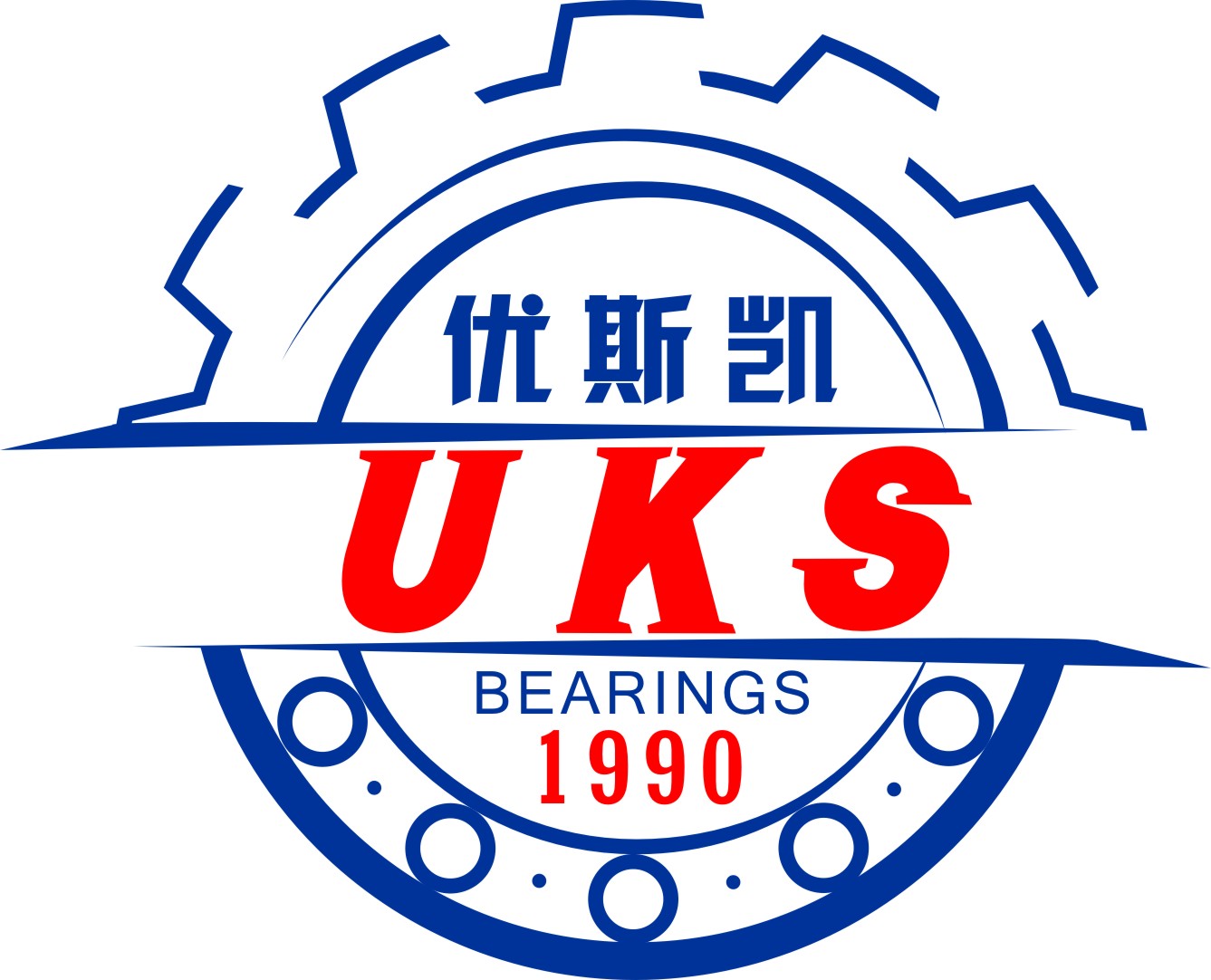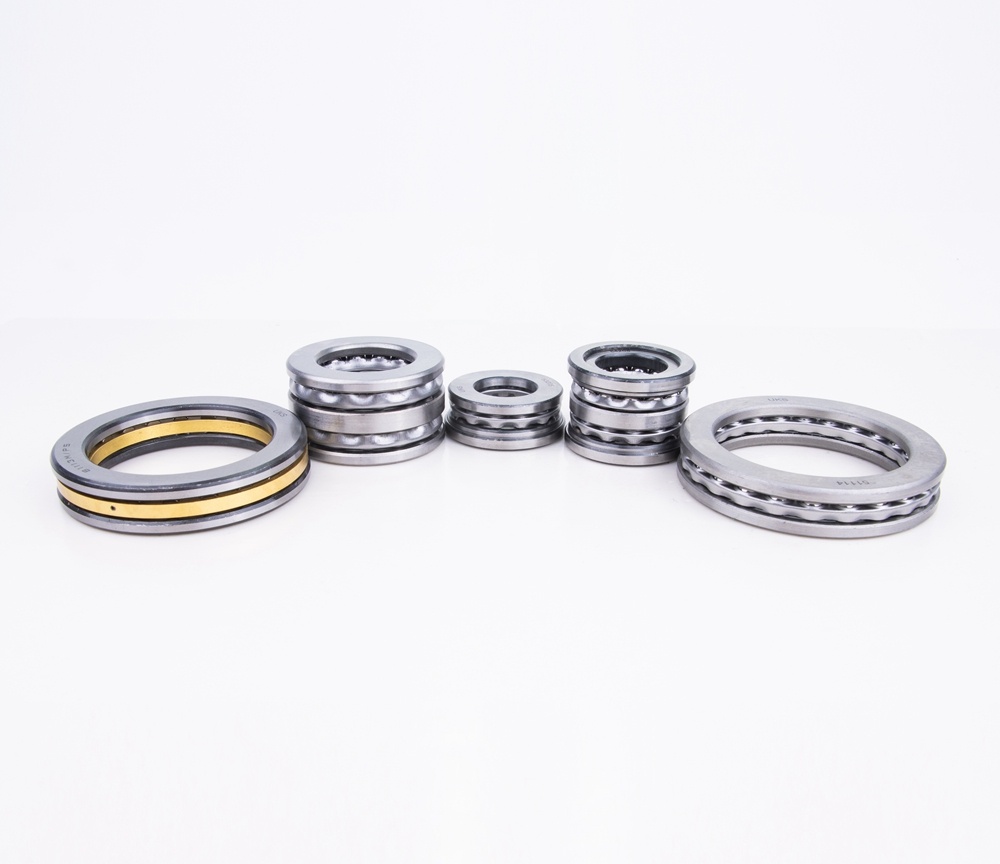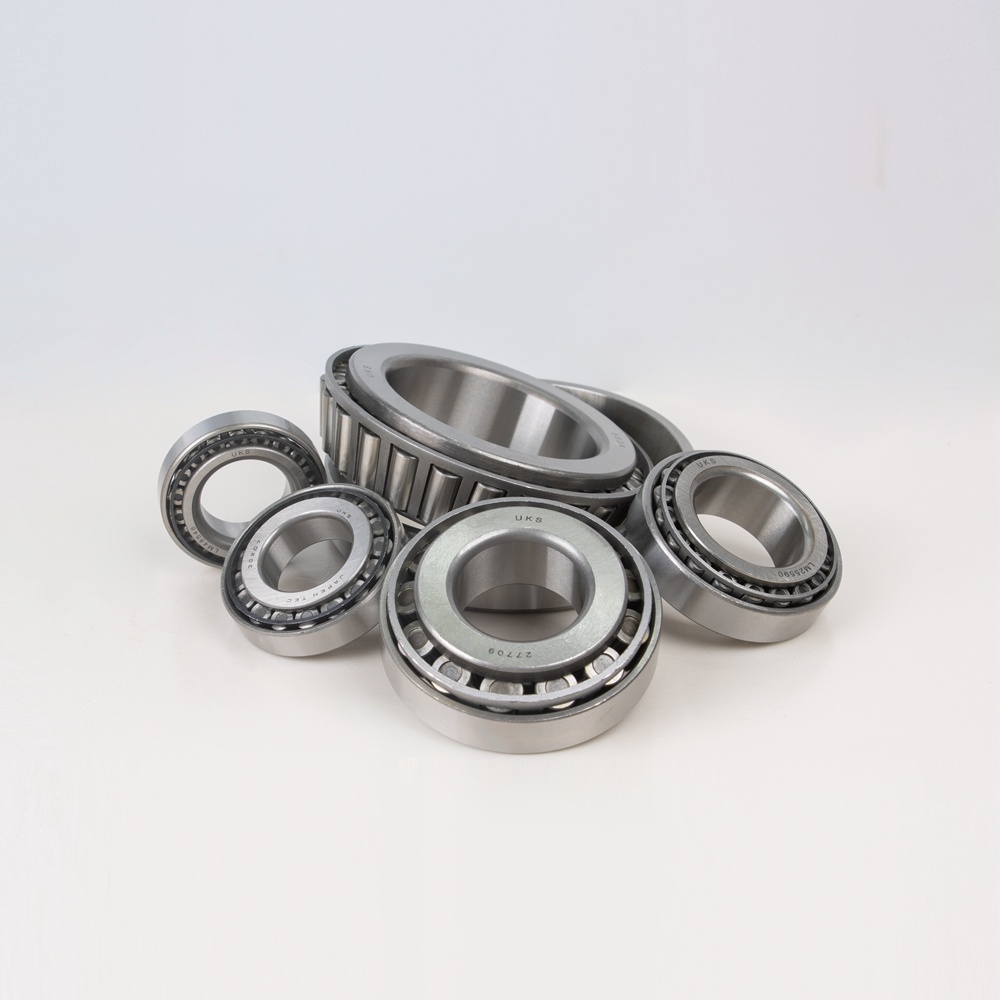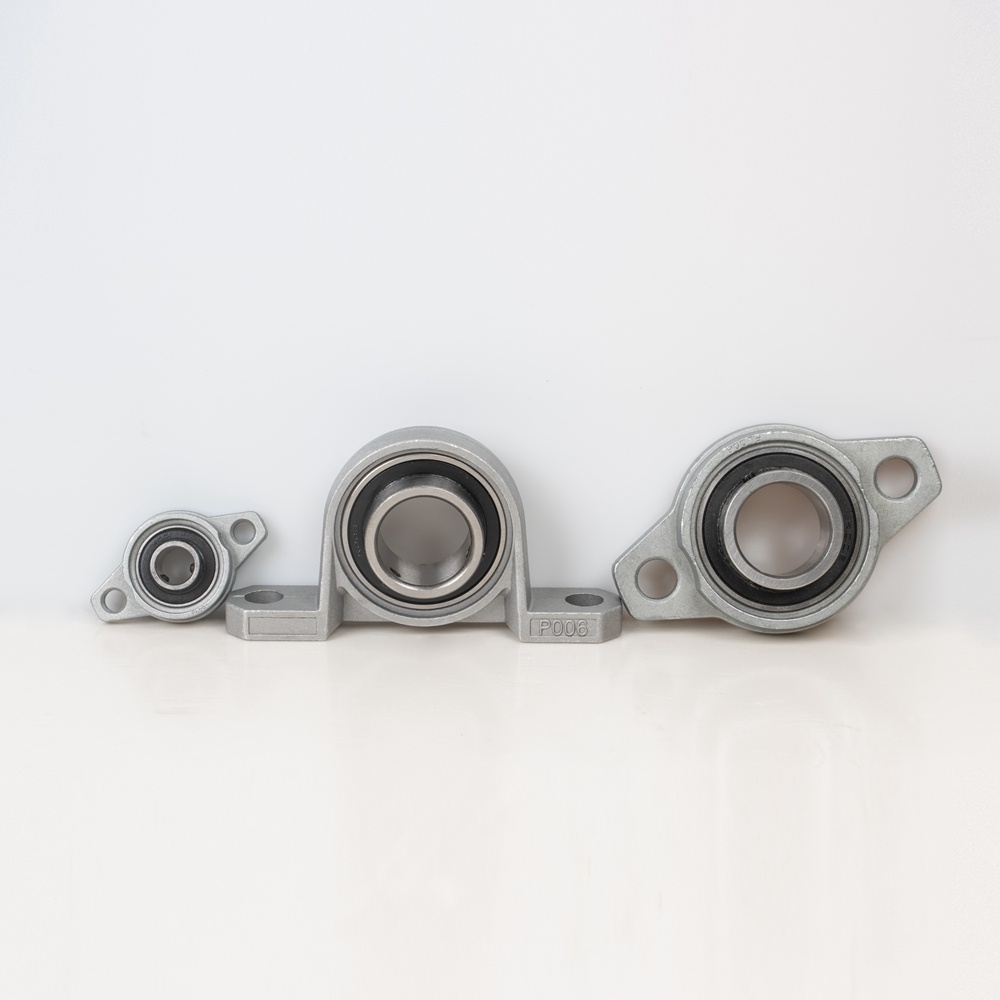Roller bearings are a critical part of many pieces of equipment, from heavy machinery to medical devices. As such, it’s important to understand how to properly maintain roller bearings so your equipment can remain in good working order.
Visual Inspection/Cleaning
The first step in maintaining roller bearings is to visually inspect them for any signs of wear and tear. Look closely for any visible scratches, dents, or corrosion, and if any signs of wear or damage are found, the bearings should be cleaned and lubricated as soon as possible.
Lubrication
Once the roller bearings have been inspected and cleaned, they should be lubricated using a high-quality lubricant. This is important to reduce friction in the bearing, as well as to keep dirt and contaminants out. The choice of lubricant will depend on the application and the environment in which the bearings will be used.
Lubrication Intervals
Ideally, roller bearings should be lubricated at least once every 12 months. However, if the bearings are subject to heavy loads or high temperatures, this interval may need to be reduced. It’s important to follow manufacturer’s recommendations when it comes to lubrication intervals.
Other Considerations
To ensure optimal performance, there are several other factors to consider when caring for roller bearings. These include:
- Sealing: It’s important to use high-quality seals to keep dirt and contaminants out.
- Temperature: The temperature of the lubricant should be monitored to prevent the bearings from becoming too hot.
- Vibration: Vibrations can cause premature wear and tear. Be sure to check for signs of excessive vibration.
- Storage: If roller bearings are not being used, they should be stored in a dry, clean, and dust-free environment.
By following the above steps, you can ensure that your roller bearings are maintained properly and working optimally. This will help reduce the risk of unexpected breakdowns and costly repairs.





 Fanny Huang
Fanny Huang Colin
Colin